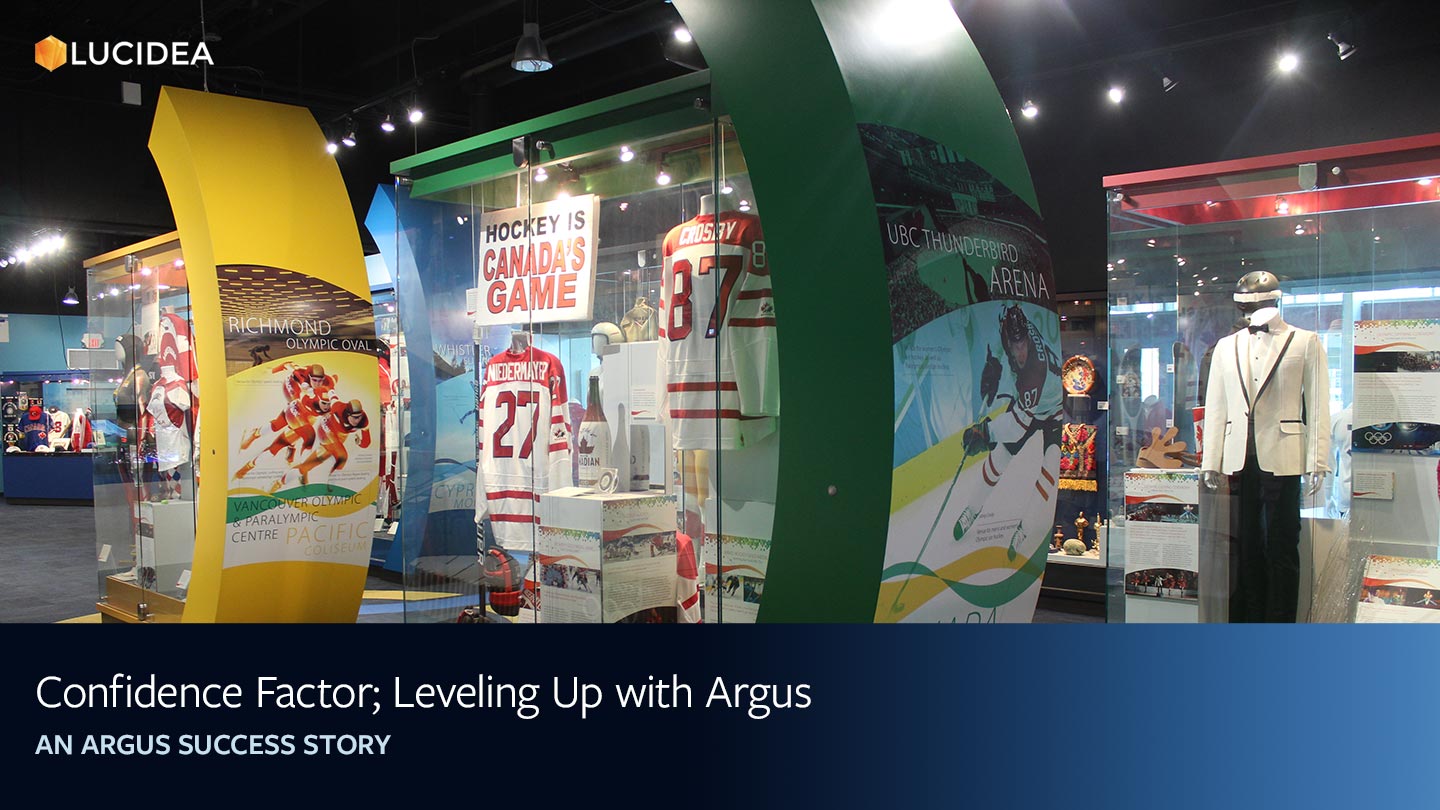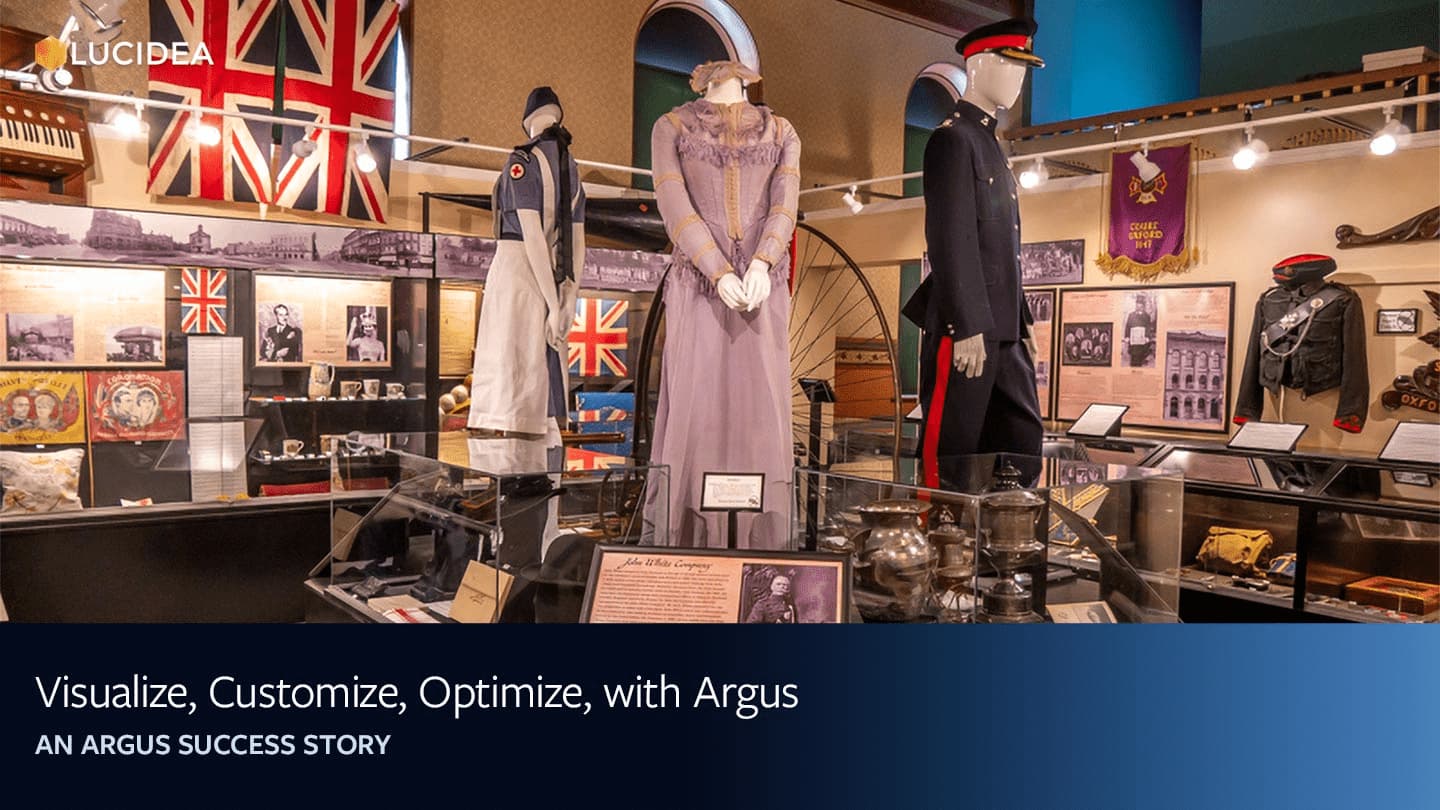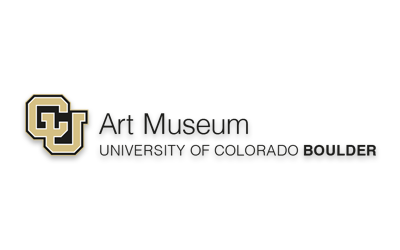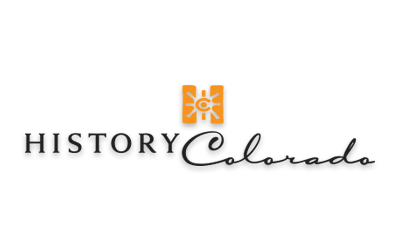Argus Success Story
Stay Local While Going Global: How Kalamazoo Valley Museum Does It with Argus
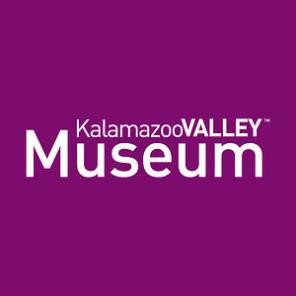 The Kalamazoo Valley Museum’s collection began in 1881 has grown to over 55,000 items, built primarily from donated objects focus on historical artifacts, photographs, and documents that tell the stories of people, businesses, organizations, and events that have had an impact on the region.
The Kalamazoo Valley Museum’s collection began in 1881 has grown to over 55,000 items, built primarily from donated objects focus on historical artifacts, photographs, and documents that tell the stories of people, businesses, organizations, and events that have had an impact on the region.
“We have always wanted to make the collection broadly accessible to our audience and not keep it a secret…we want to enable people to use it for research, and when the ability to offer Web access presented itself via Argus, we knew it was the right choice.”
Kalamazoo Valley Museum
Key Challenges

Community access via public portal

Ability to provide more in-depth documentation

Make collection available for research

Easy configuration and personalization

Outreach via sustainable, cutting edge technology that remains relevant well into the future

Visual appeal
It is the mission of The Kalamazoo Valley Museum to preserve and interpret the heritage of Southwest Michigan and to provide life-long learning opportunities to engage children and adults in history, science, and technology. Their collection, built primarily from donated objects, has grown to over 55,000 items, with a focus on historical artifacts, photographs, and documents that tell the stories of people, businesses, organizations, and events that have had an impact on the region. The Kalamazoo Valley Museum has been an Argus customer for over 20 years, and museum leadership and staff have always had great faith in the product. The Museum is operated by the Kalamazoo Valley Community College, which is very progressive (especially with regard to the use of technology) and they wanted the Museum to reach out in technological ways to enable research and general perusal. The upgrade to Web-based Argus allows the KVM team to offer a great community resource that is modern and will always be there. It’s sustainable beyond the tenure of the current staff, and the possibilities for audience outreach are limitless. The KVM team has already seen important operational, strategic and technological benefits (see below); they are excited about the application, and are looking forward to expanding community access to the collection.
Challenges
The Museum relies on interns and volunteers for data entry and cataloging, but having a new group of people every three months has presented a significant training burden. With Argus, even though training on cataloging standards is still required, learning to use the system itself is a snap – it’s easy, intuitive and there’s basically no learning curve. In the past, the breadth and depth of the KVM collection has been a bit of a secret, but once it’s available online through the public portal, it’s no longer a mystery. The community can see what’s there and can understand the value of the Museum, and staff who don’t work in Collections can better understand their role in supporting the Museum’s mission. This ties to the expectations of Community College leadership, who, in addition to wanting the KVM to reach out in technological ways, seek to impart a broader understanding of its purpose and value, both internally and throughout the community.
Solutions
Because Argus training time is negligible, the KVM team can get interns and volunteers working with artifacts right away – offering them a more rewarding experience while accelerating work ow and productivity. In addition,accommodating the many requests for images (both from the public and in-house) is already much more efficient. For example, pictures of Kalamazoo baseball teams and team members are very popular, but in the past it’s taken at least four hours for a curator to respond to a request, assemble some options, send an email, wait for the response, and then rescan the selected images. With images available on the portal page, users can choose for themselves. Museum staff can even build libraries of images so that searching isn’t required – although with the system’s powerful search capabilities it’s always an option. Automating the image request process promises to reduce staff time spent on this function by half, without second guessing or communication delays.
The Kalamazoo Valley Museum’s collection
The collection dates to an 1881 gift to the Kalamazoo School Board of corals, shells, and rocks from Horace M. Peck, a local banker. One of the Museum’s treasures is the collection of Albert M. Todd, who made this donation with the understanding that the Kalamazoo School Board would acquire and open a public museum. In 1927, the former home of Horace B. Peck was purchased by the School Board and became the first official public museum in Kalamazoo.
Partnership
The Kalamazoo Valley Museum staff can always get through and talk to someone on the Argus team – there’s a confidence that help is always there, and always will be. This confidence comes from 23 years of experience using Argus, and the KVM team knew that wouldn’t change when they migrated to the Web-based version. While implementing the new system was largely straightforward, there were some challenges with configuration – the biggest was in developing the search parameters, because search worked differently with KVM’s existing lexicon. The Argus support team worked with them to enable mapping from their lexicon to new keywords, and the configuration was complete in under six weeks. The KVM team thinks of it as a “great learning partnership” and says that Argus’s reliability and the ease of working with the support team have really sold them on staying with the company and the product.
Access and Discovery
When a website is visually appealing, it draws people in and makes them want to explore it. KVM staff think that Argus looks wonderful – really attractive, not fussy, very streamlined and truly intuitive. Expert users and novices alike will find it comfortable and easy to work with. Although complex searching isn’t required, Museum staff say they can do “fancy searches” when necessary, and they value the many configuration and personalization options that are now available.
With Argus, the Kalamazoo Valley Museum will be able to showcase their collection to the local community and to researchers from all over the world. In the past, people from Europe, Israel and other countries have used the KVM website, and the Argus portal will make it much easier for them to access the artifacts and information. Naturally, Museum staff would rather visitors come in person, but if they cannot do so, it’s great that they can still see and learn from the KVM online collection.
The Museum has some American Impressionist paintings that are really special and which have been borrowed by other museums. With broader awareness made possible by Argus, it’s likely that more museums will ask to borrow from the KVM, further enhancing their role in a worldwide network of museums and archives. Of particular interest are the many Civil War artifacts, such as a gun that was used when Jefferson Davis was captured, and a letter written by Abraham Lincoln to Hezekiah G. Wells of Kalamazoo regarding a visit to the village in the summer of 1856. During that visit, Lincoln spoke in Bronson Park against the spread of slavery and in support of the Republican Party’s first presidential nominee, explorer and scout John C. Fremont. There are also many Egyptian materials that are continually asked about. These came from Mr. Albert Todd, whose Ethnographic collection and decorative arts formed the basis of the Museum’s collection back in 1928.
The Kalamazoo Valley Museum will let the public know about the new portal via the print magazine they put out several times a year, but in keeping with an outreach strategy that leverages technology, they’ll also publicize it via the website, kvm.kvcc.edu, and will use social media for announcements and updates.
More Argus Success Stories
Argus Success Stories
Request an Argus Demo
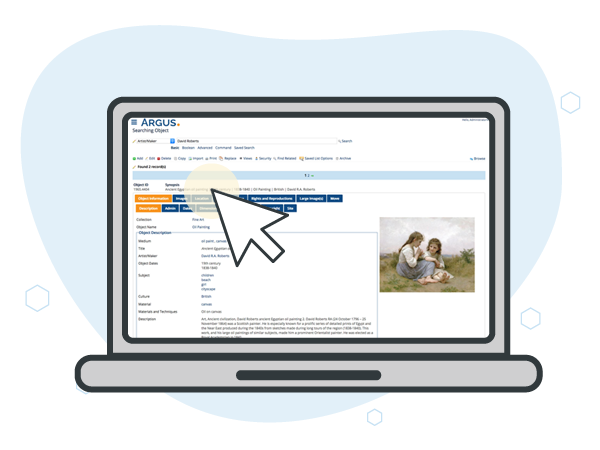
Hosting service
Enjoy all of the benefits of your Lucidea solution with secure, reliable, stress free hosting
Programs & incentives
No matter your size or budget, we’ve got you covered, today and tomorrow
